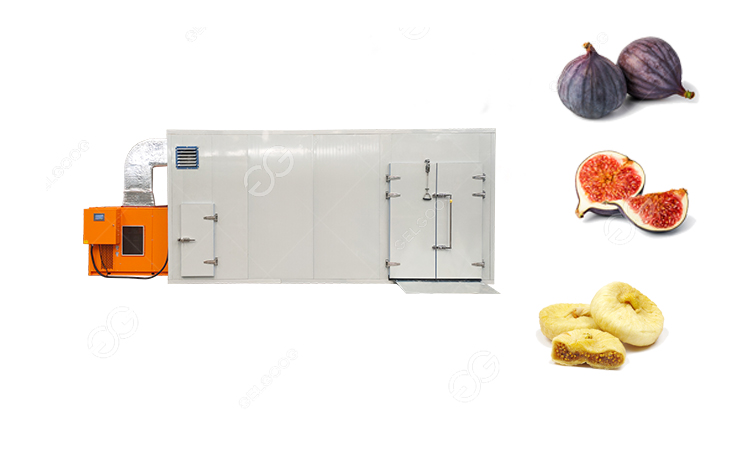Fig fruit, with its luscious sweetness and unique texture, has been celebrated for centuries as a delectable treat enjoyed fresh or dried. Drying figs not only preserves their natural goodness but also intensifies their flavor, making them a versatile ingredient in various culinary creations. While traditional sun-drying methods are still practiced in some regions, the advent of industrial drying machines has revolutionized the fig drying process, offering efficiency and consistency in quality. In this article, we delve into the fig fruit drying process.
The art of fig drying:
Drying figs is an ancient practice that dates back to antiquity. Historically, figs were sun-dried on mats or trays, relying on the heat of the sun and gentle air circulation to remove moisture slowly. This traditional method imbued the figs with a deep, concentrated flavor and a chewy texture that made them prized commodities in ancient trade routes.
Traditional drying methods, while time-honored, are often limited by climate conditions and susceptible to contamination from insects and dust. Moreover, the extended drying times required can lead to inconsistencies in product quality.
The science of industrial drying:
Industrial drying machines have transformed the fig fruit drying process, offering precision control over temperature, humidity, and airflow. These machines utilize advanced technologies such as hot air convection, microwave drying, or freeze-drying to remove moisture quickly and efficiently while preserving the figs’ natural color, flavor, and nutritional value.
Hot air convection drying is the most commonly used method in industrial settings. In this process, figs are placed on trays and subjected to controlled streams of hot air, which evaporate moisture from the fruit’s surface. This method allows for rapid drying while minimizing the risk of microbial contamination.
Microwave drying is another innovative technique gaining popularity in the food industry. By exposing the figs to electromagnetic waves, microwave drying heats the water molecules inside the fruit, causing them to evaporate. This method offers faster drying times and can help retain more of the figs’ original flavor and nutrients.
Freeze-drying, although less common due to its higher cost, is favored for its ability to preserve the figs’ texture and flavor exceptionally well. In freeze-drying, the figs are frozen and then subjected to a vacuum environment, where the frozen water sublimates directly into vapor, leaving behind perfectly dried figs with minimal loss of quality.
The benefits of industrial drying:
Industrial drying machines offer numerous advantages over traditional methods. Firstly, they enable faster processing times, allowing for greater production volumes and reduced labor costs. Additionally, the controlled drying conditions ensure uniformity in product quality, resulting in consistently delicious figs that meet stringent food safety standards.
Furthermore, drying machines offer flexibility in processing various fig varieties, including common cultivars like black mission, brown turkey, and calimyrna, as well as specialty varieties prized for their unique flavors and textures.
The art and science of fig fruit drying have evolved significantly over the centuries, from traditional sun-drying methods to modern industrial techniques. While both approaches have their merits, drying machines have become indispensable tools in the food industry, offering efficiency, consistency, and quality assurance.
